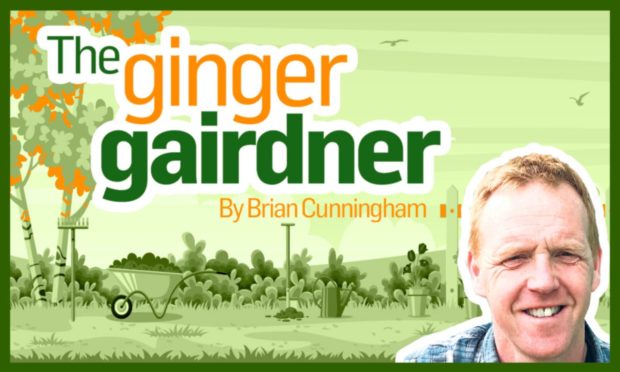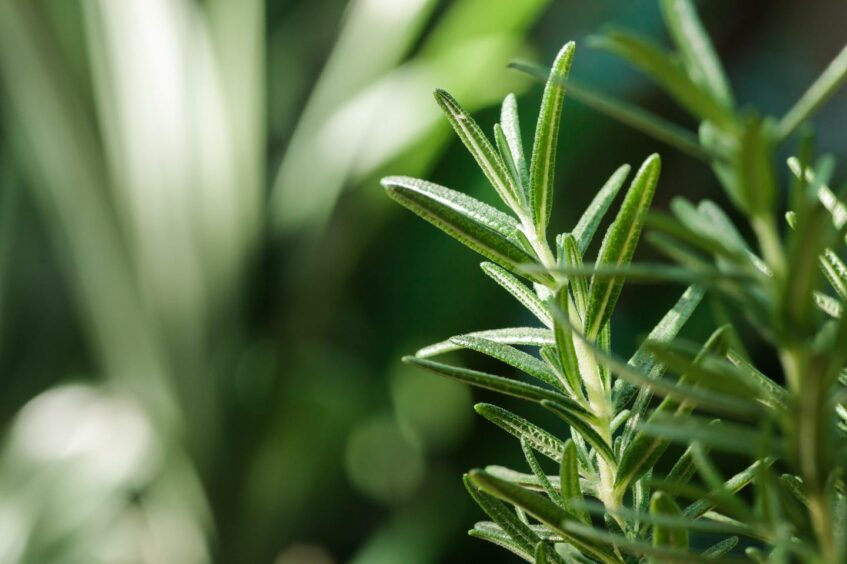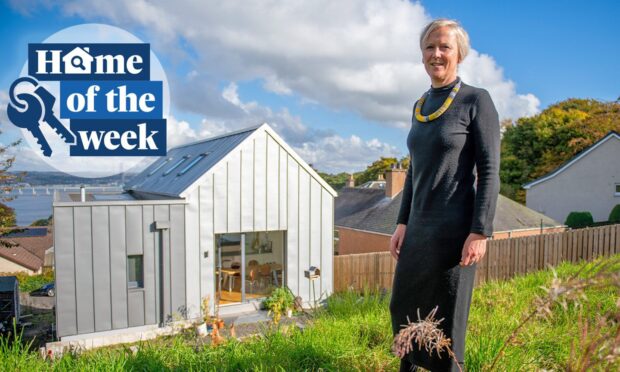I think the one thing all us gardeners struggle with is remembering plant names.
Doesn’t matter if I’m at work, catching up with old friends and colleagues or approached by a fellow gardener, I can pretty much guarantee at some point the conversation will go along the lines of “you know that plant – it has white flowers in June, curved but jaggy leaves, grows next to that tall one beside my windae”!
A few names get rattled about but generally the chat gets ended with neither party being any the wiser.
It doesn’t help either that plants are known by two names. Firstly there’s the common name, which is how the plant may be referred to within a local region, but that’s not always reliable.
A good example of this is with a plant known across the border as the Harebell but up here we call it the Scottish Bluebell.
I don’t know about you, but just to add to the confusion when I hear the Bluebell being mentioned I can’t help but thinking about the beautiful blue-flowering woodland bulb.
Don’t worry it’s not just us Scots being awkward with our neighbours, it’s a problem that occurs all over the world when we use common names, and is why all plants are given a botanical or scientific name.
It’s not gibberish…
If you’ve ever paid a visit to the Botanic Gardens at Inverness, Dundee, St Andrews or Cruickshank in Aberdeen, whose primary focus is on plant conservation, then you may have noticed all the plants have a label with them, with what looks like gibberish written on it.
This is indeed their botanical name.
Some of these names can be a bit of a mouthful but make perfect sense when interpreted.
The Scottish Bluebell (or was it the Harebell?) has a botanical name of Campanula rotundifolia, and no matter where we are in the world it will be clear just what plant we are talking about when we use this definition.
In the 18th Century, a Swedish naturalist called Carl Linnaeus invented the international plant-naming system we gardeners still use today.
It’s based on Latin which was the universal language of the time where two words are used to describe each plant.
Salvia rosmarinus is commonly known to us as Rosemary, it’s most wonderful aromatic foliage being used in the kitchen as a culinary herb.
Starting with the genus
The first part of the name is called the genus, in this case Salvia.
As you may be aware there are more than one Salvia, where in one way or another they all share certain characteristics that sometimes may not be obvious to us.
The second part rosmarinus is known as the species, helping to separate this group further and often giving us a little information about the plant.
Rosemary in the wild grows along the coasts of the Mediterranean – marinus translating as ‘of the sea’.
Descriptions can also include about a plant’s colour.
The species name for some of the colourful winter-stemmed dogwoods is sanguineum meaning ‘blood-red’, foliage.
Hederifolium meaning ‘Ivy-leaved’ used to assist in the description of the species of Cyclamen, and finally size – giganteus but I won’t insult your intelligence here.
It all began to make sense
I had no grasp of Latin until I started gardening but it was amazing how I started to pick up the language when I associated it with plants.
It made the learning of their names easier and the understanding of them and how they like to grow much better too.
There’s no point planting a Rosemary in a boggy, cold corner when it grows naturally in a warm and sunny climate in light soil.
Where I first started gardening none of the plants were individually labelled.
I had to rely on the knowledge of the experienced gardeners who were teaching me to learn them. That and constant tests on plant names they gave me.
When the boss came
I can remember one time watering in the glasshouses of Craigtoun and one of the bosses from the office had come up to pay us a visit.
Of course when that happened everyone was always to be on their best behaviour.
My heart sank when it was me from the apprentices who was picked on for a spontaneous plant test.
But thankfully my memory didn’t let me down. I can still see the proud and also smug look on my head gardener’s face as I kept on getting them right. It was my lucky day.
My plant knowledge really improved during my time at the Botanics in Edinburgh.
How couldn’t it, when no matter where you turned, every plant growing there had a label attached to it.
Learning the names
Although I mostly worked in the alpine department I would regularly go for a walk around the gardens.
Plants I saw one year in flower I would be testing myself a year later to see if I could still remember them.
It was a brilliant spell in my life, and these two places set me up most in my career.
Though I must admit I don’t miss the Monday mornings – having to go around the gardens, putting the correct plant label next to the correct plant – after a weekend of mischief.
All helped with the learning though.













